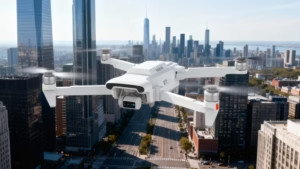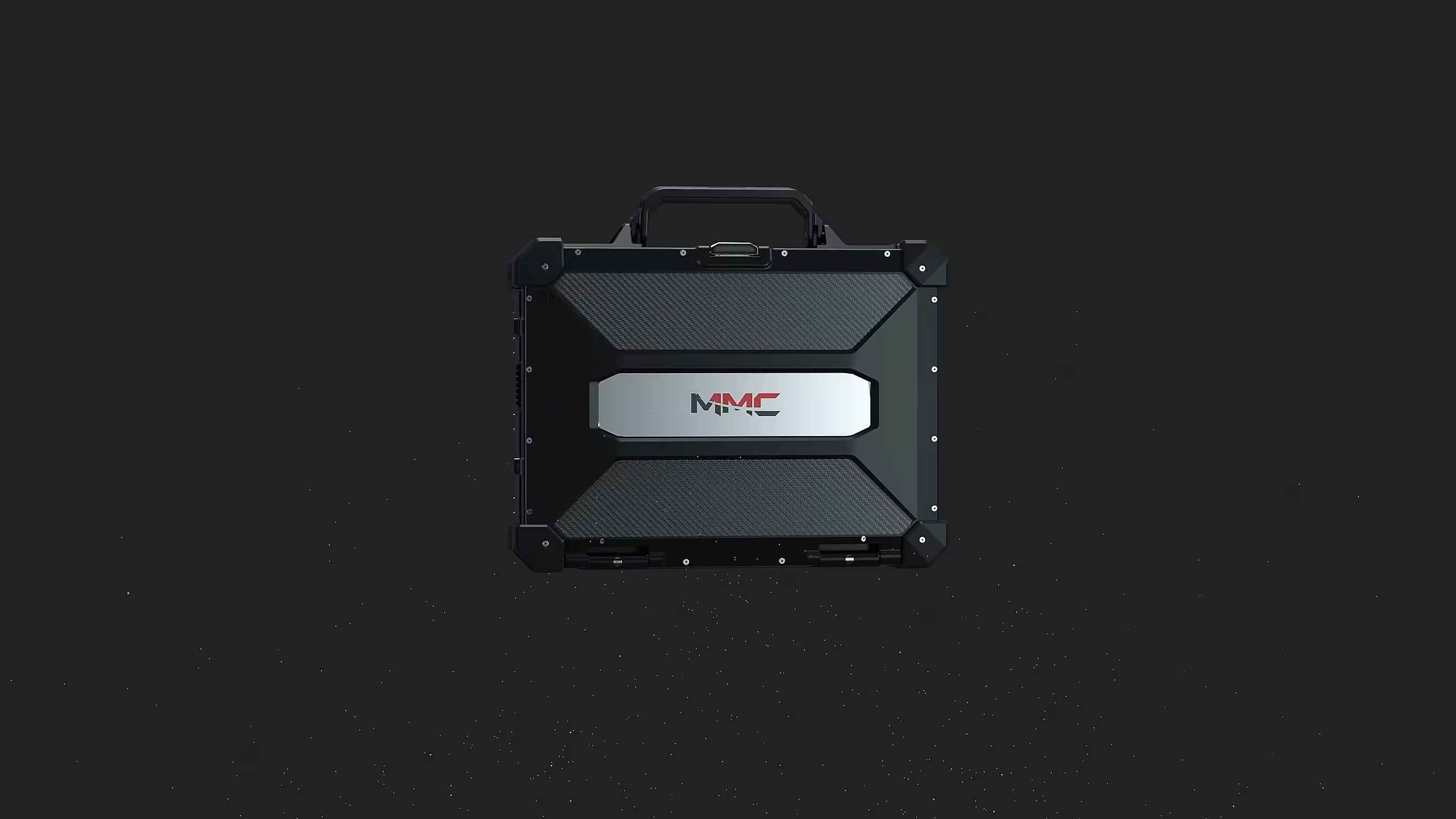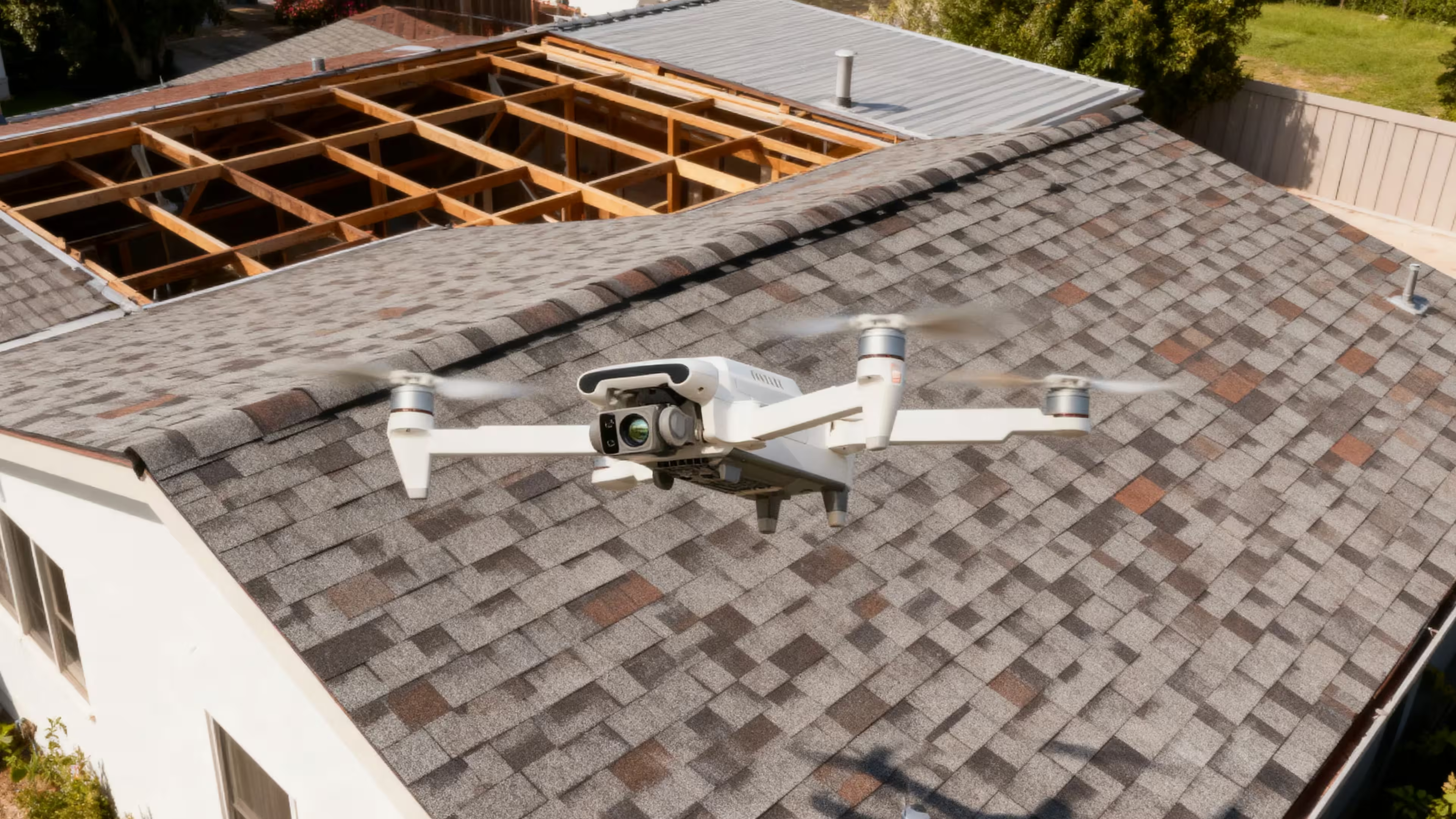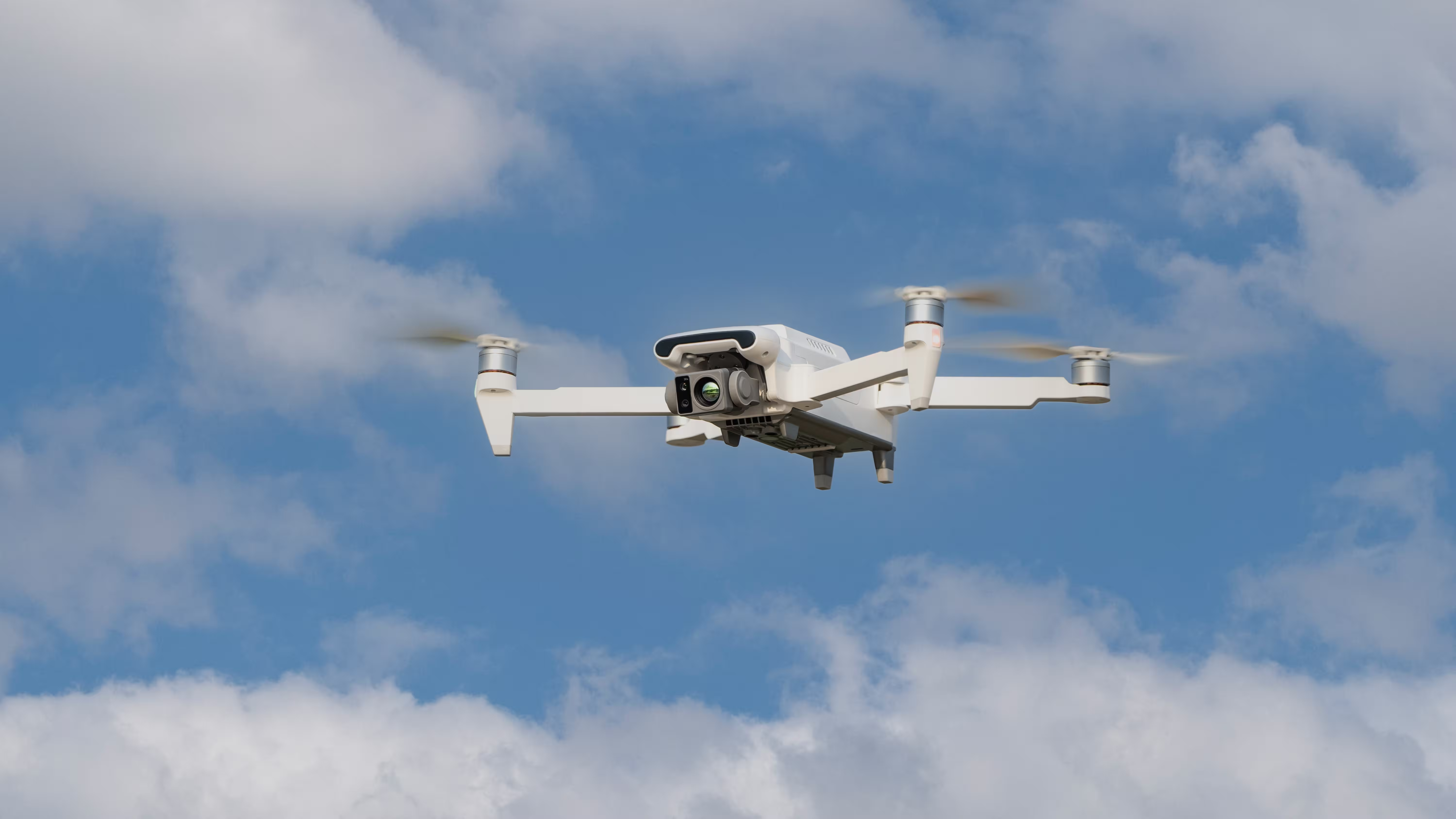In the United States, drone logistics has long been envisioned as a seamless last-mile delivery solution — autonomous drones ferrying packages from local warehouses directly to customers’ doorsteps. However, despite years of anticipation, widespread deployment remains elusive. Strict FAA regulations on beyond-visual-line-of-sight (BVLOS) flights, combined with public concerns over privacy, noise, and safety, have slowed progress considerably. Add to this the investor-driven obsession with direct-to-consumer models, and many projects have languished in pilot phases, struggling to scale beyond test runs.
Yet, beyond the glare of last-mile hype, a quiet but powerful revolution is reshaping the drone logistics landscape — one that focuses on the “middle mile.” This critical segment of the supply chain bridges the gap between central warehouses, distribution hubs, and regional transit points. Rather than tackling the most complex and variable urban last-mile environments, middle-mile drone logistics targets more manageable, high-impact routes — often linking rural, mountainous, or otherwise hard-to-reach areas.
Global Examples of Middle-Mile Success
Across the globe, companies like Aerialoop in Ecuador, Speedbird in Brazil, and Zipline in Africa have demonstrated the viability of this model. Their drones deliver medical supplies, vaccines, and essential goods where ground transportation is slow, unreliable, or impossible. By concentrating operations in less congested airspace and open rural corridors, they avoid many regulatory and operational barriers, accelerating deployment and commercialization.
This pragmatic middle-mile approach offers key advantages:
- Greater Operational Feasibility: Flying in less populated airspace reduces regulatory complexity and lowers risk factors.
- Faster Commercialization: Operating within existing aviation rules enables quicker approvals and reduces dependence on time-consuming waivers.
- Enhanced Flight Experience: Accumulating extensive flight hours under diverse environmental conditions fosters operational maturity, preparing companies for future integrated delivery networks.
China’s Leadership in Middle-Mile UAV Logistics
Among these global leaders, Chinese UAV manufacturers have surged ahead by combining cutting-edge technology with an acute understanding of middle-mile logistics challenges. A flagship product embodying this progress is MMC’s Skylle Ⅱ, a logistics drone designed to revolutionize medium- and long-range cargo transport.
Technical Excellence Tailored for the Middle Mile
Skylle Ⅱ is engineered to overcome the logistical pain points that plague conventional transportation modes, especially in difficult terrain or adverse weather conditions. Key specifications highlight its unmatched capabilities:
- Extended Endurance: Up to 3 hours of continuous flight time and a maximum range exceeding 120 kilometers, allowing substantial distances without frequent recharging.
- Heavy Payload Capacity: Supports up to 10 kilograms per flight, maximizing bulk transport efficiency.
- All-Weather Operation: Robust airframe and reliable flight control systems ensure stable operation in fog, rain, or strong winds.
- Precision Autonomous Flight: Advanced GPS/INS navigation, obstacle avoidance, and automatic takeoff and landing reduce human intervention and improve reliability.
- Modular Design & Quick Maintenance: Fast disassembly and component replacement streamline turnaround times, increasing fleet utilization.
Real-World Applications Driving Impact
Skylle Ⅱ’s versatility translates into transformative applications across multiple industries:
- Emergency Relief and Disaster Response: Quickly delivers medical kits, food, and communication devices to isolated mountainous or flood-affected zones, where ground routes are blocked or unsafe.
- Port-to-Inland Hub Cargo Transfers: Bypasses traffic congestion by autonomously ferrying cargo between ports and inland warehouses, reducing delivery times and costs.
- Rural Healthcare Supply Chains: Ensures timely delivery of vaccines and pharmaceuticals in areas with unreliable road access.
- E-Commerce and Retail Stock Replenishment: Optimizes inventory flow by efficiently transporting goods to regional centers, supporting better stock availability.
Strategic Advantages for Industry Leaders
MMC’s focus on middle-mile logistics addresses fundamental challenges that have stalled last-mile ambitions in many countries. By prioritizing achievable scenarios, Skylle Ⅱ positions operators to gain competitive advantages:
- Cost Reduction: Autonomous flights reduce dependence on fuel, drivers, and road infrastructure, cutting operational expenses by up to 60% compared to trucks on rough terrain.
- Scalability: Standardized, repeatable flight routes facilitate fleet expansion and integration with traditional logistics networks.
- Sustainability: Electric UAVs lower carbon footprints in cargo transport, aligning with growing environmental regulations and corporate ESG goals.
- Regulatory Compliance: Operating mostly in non-urban airspace simplifies approvals, accelerating time-to-market.
The Future of UAV Logistics Is Middle-Mile — And China Leads the Way
As drone delivery moves beyond hype and into practical deployment, the middle mile emerges as the critical frontier. Chinese innovators like MMC, through products like Skylle Ⅱ, are demonstrating that mastering this segment unlocks real business value, operational resilience, and scalable growth.
The “last-mile” dream is still valid — but only when built on the foundation of a reliable middle-mile backbone. Skylle Ⅱ is proof that the future of UAV logistics isn’t just about reaching customers’ doors but first transforming the entire supply chain.
In this unfolding middle-mile revolution, those who invest in proven, adaptable technology and pragmatic operational models will lead the charge — with China and MMC’s Skylle Ⅱ standing firmly at the forefront.





Comments